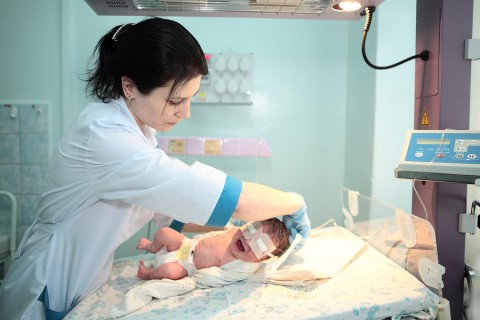 Over the past five years, on average, there are 230 applicant spaces left vacant for potential midwives in the United States, according to the annual Midwifery Education Trends Report from the American College of Nurse Midwives.
Over the past five years, on average, there are 230 applicant spaces left vacant for potential midwives in the United States, according to the annual Midwifery Education Trends Report from the American College of Nurse Midwives.
These open spaces are spread across dozens of midwifery education programs that are reserved for licensed RN’s. There are many applicants who would like to be accepted into a midwifery program, but they do not have the RN credential. For nurses considering a career shift and who also enjoy working with expectant mothers and new families, these empty seats can mean welcome opportunity.
Because one-third of all RN’s are over 50, the midwifery credential may lead to a second career after retirement. Experienced nurses may choose the midwifery route, work a few years in the field and then move into health or community education. They may also become part of training programs or work as a professional mentor through a college or professional organization.
As the field of nursing continues to grow at a fast pace, those with supplementary credentials may secure top spots in an employer’s candidate search. RN’s who can be flexible regarding assignments and can fill in where needed are important assets for today’s healthcare organizations. In the coming years, an aging population means more retirements and subsequent job openings.
Securing the training and education needed to compete for top positions takes strategy and insight. In the area of midwifery, open seats in training programs mean that RN’s looking to expand their career horizons can do so through a variety of traditional, as well as online colleges and universities.
The American College of Nurse Midwives has set lofty goals for the field, which includes an objective stating that by 2020 nurse midwives will be present at 20% of all U.S. births. In order to achieve this goal, they have plans in place to increase the number of certified nurse-midwives by 1000 before the end of 2015.









